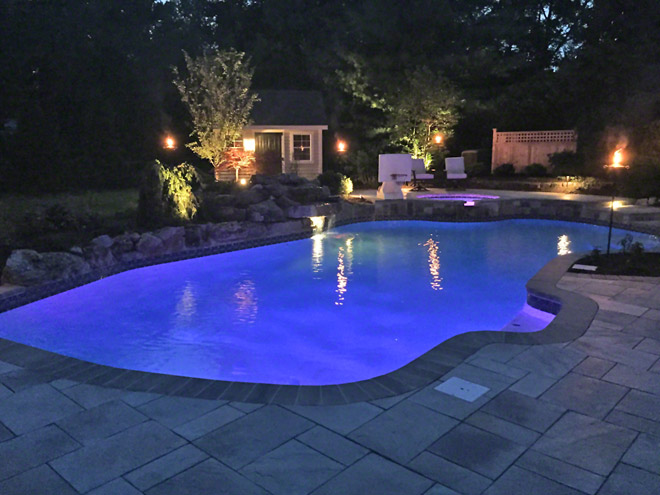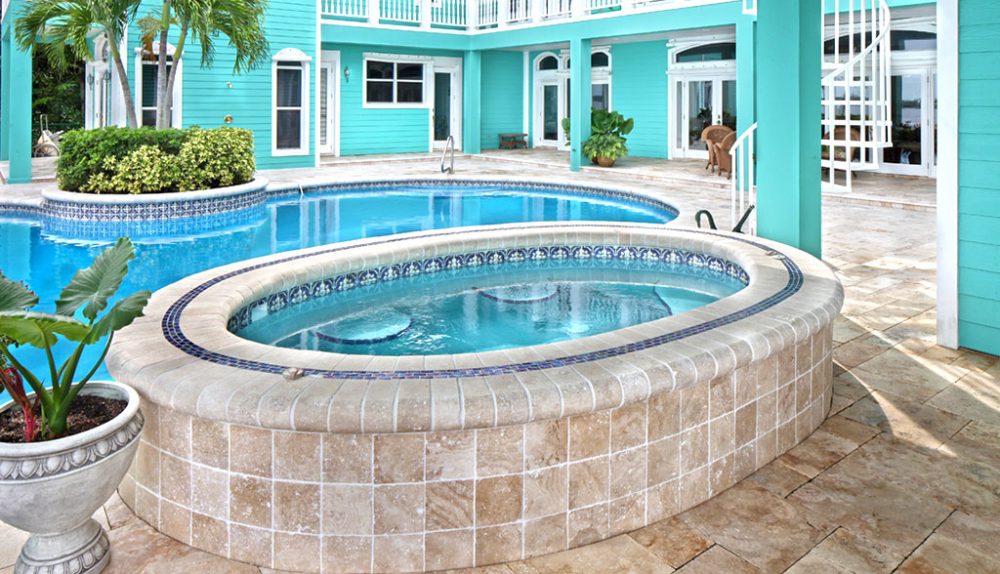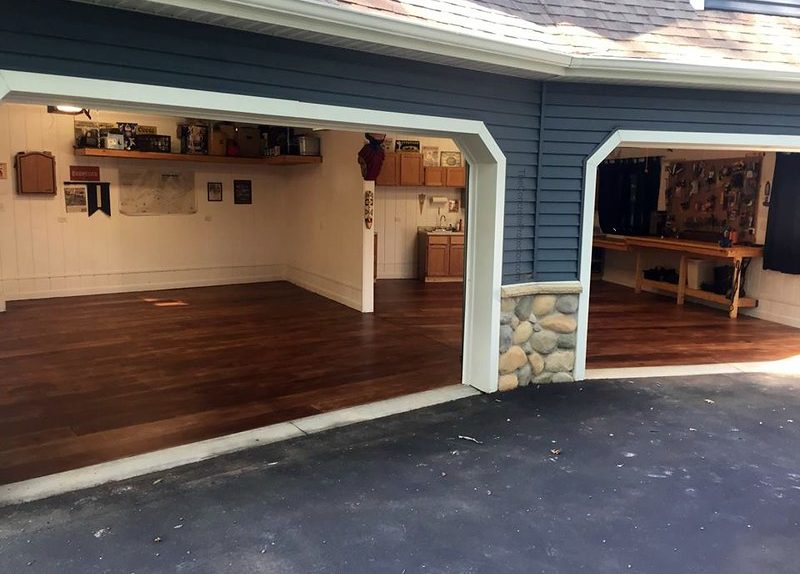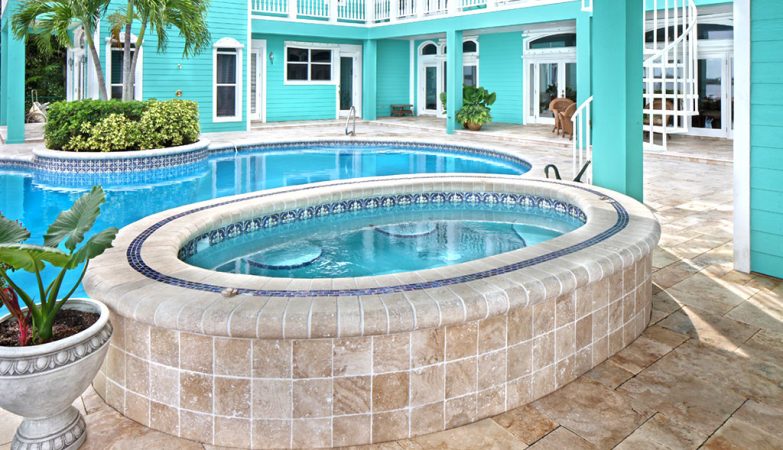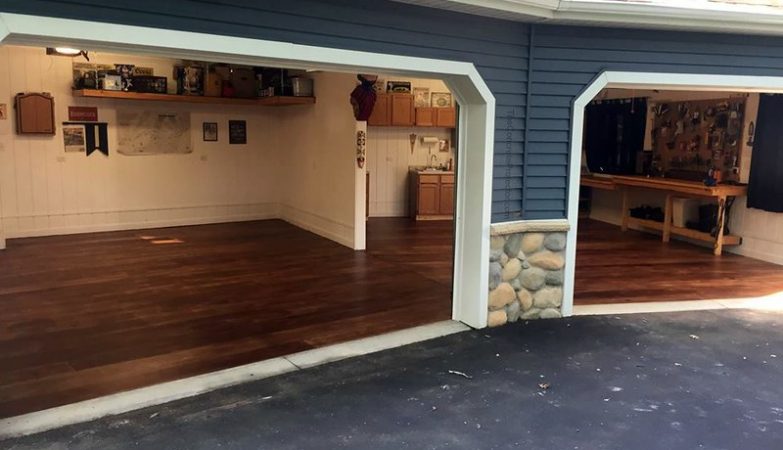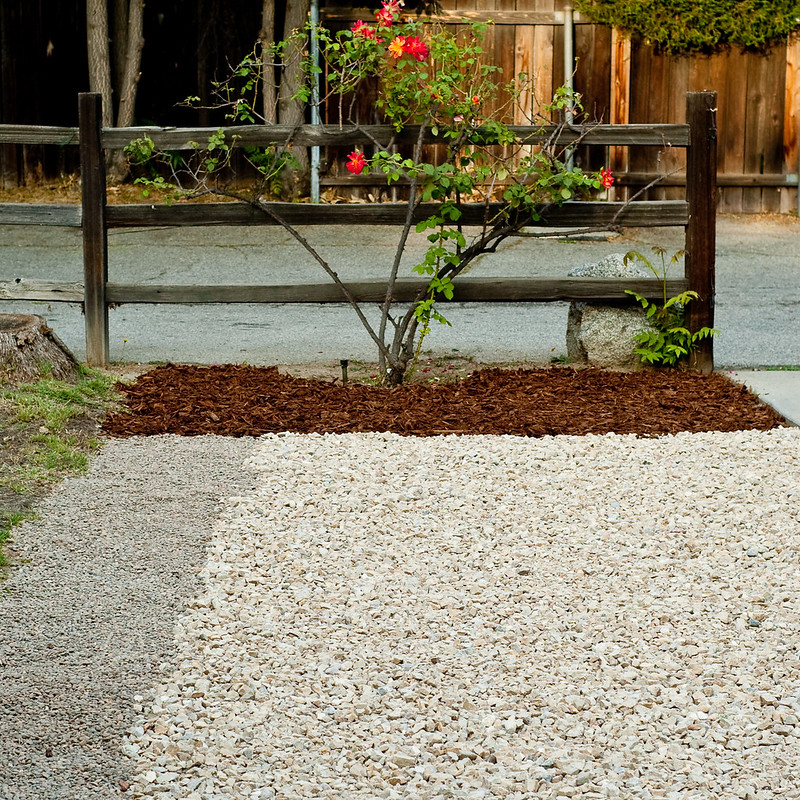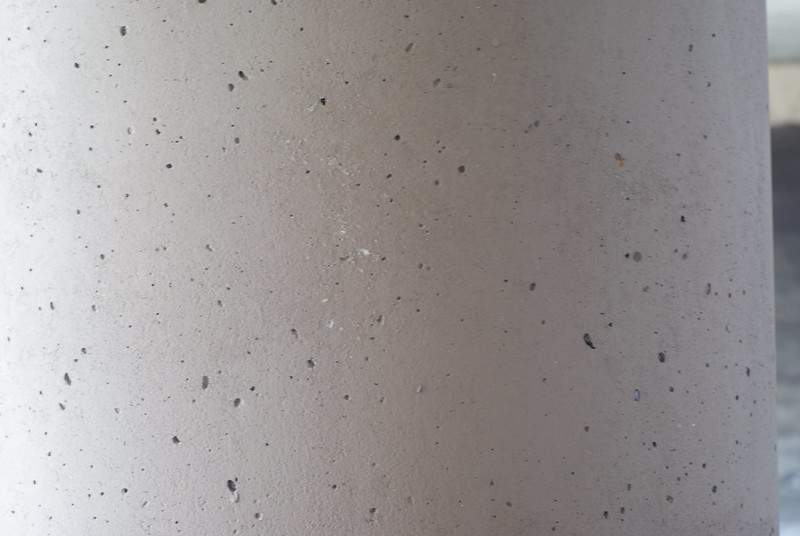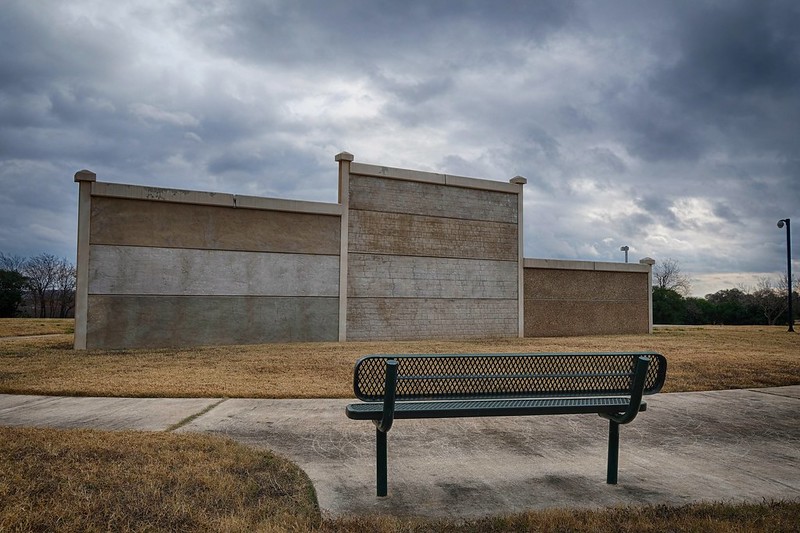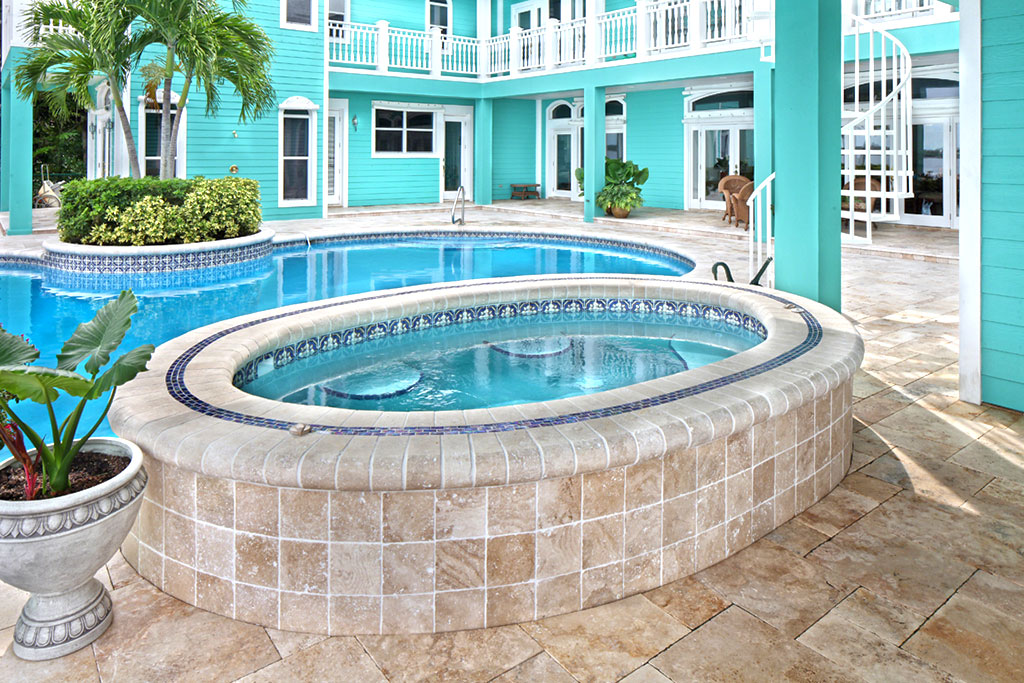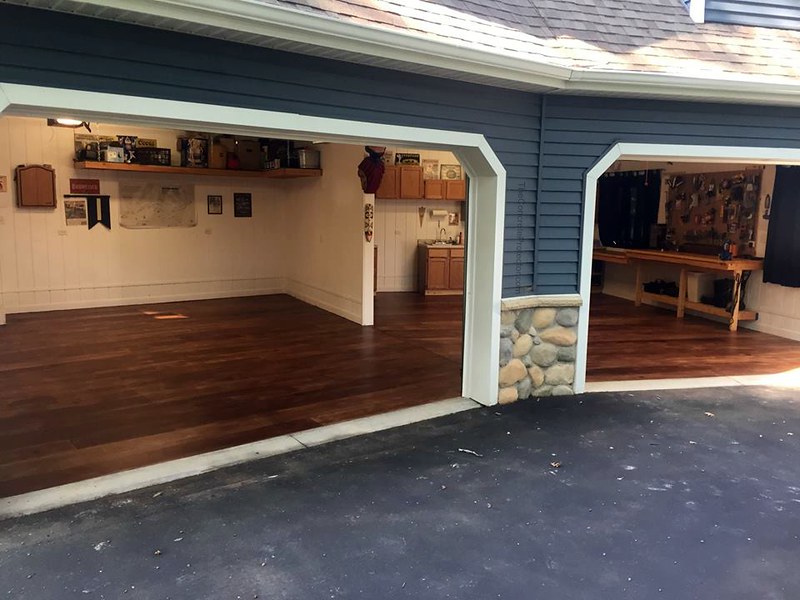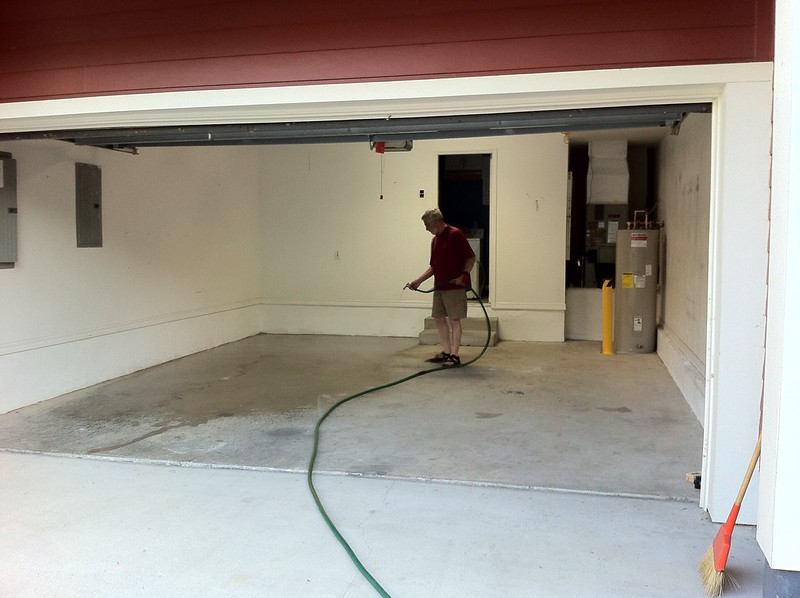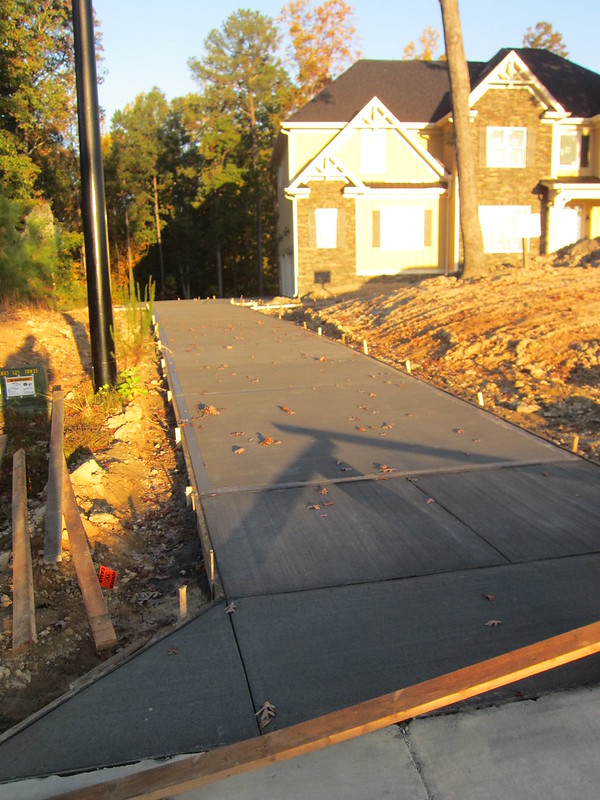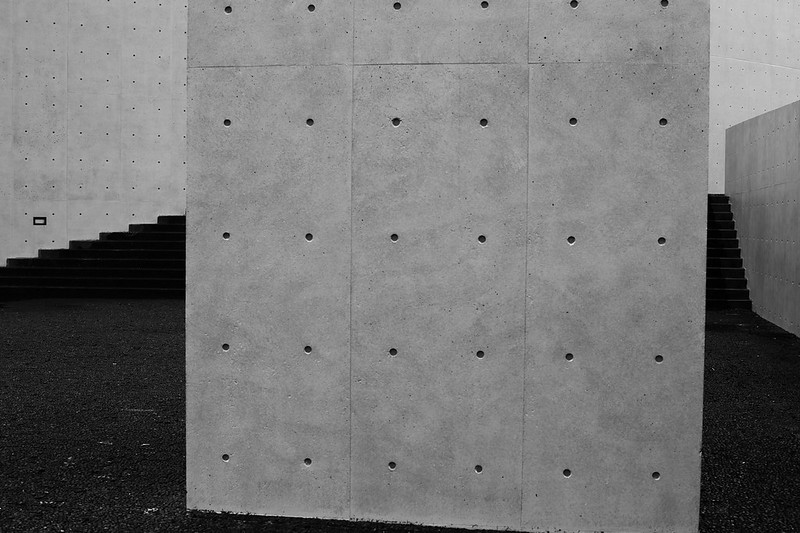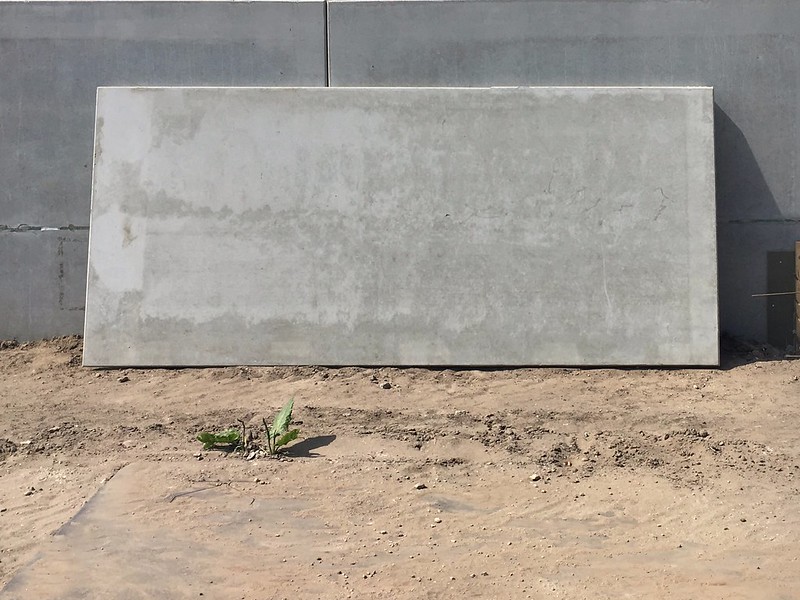Pros and Cons of Buying a Hot Tub and Swimming Pool at the Same Time
Do you often feel the urge for water-based relaxation, recreation, or exercise with friends and families? You appreciate diversity and satisfaction, so you plan to have a hot tub and a swimming pool at the same time. This way, your friends and families can have a great time together.
We commend you for that, only those who know the great taste of life make such decisions. However, before you finalize your new desire, allow us to be your host and guide.
In clear terms, we have explained the pros and cons of buying a hot tub and a swimming pool at the same time. Read through what one of the best pool contractors Oahu has to offer said about this topic!
Pros of Buying a Hot Tub and a Swimming Pool at the Same Time
Well, it’s not so bad that you want a hot tub and a swimming pool at the same time. If you are still unsure about what you stand to gain, let us settle your doubt in a jiffy.
Here are the pros you need to know.
Improved quality of life: You do not have to worry too much about your health if you opt for both a hot tub and swimming pool. The therapeutic benefits are enough for you to forget your worries and relieve your bottled stress.
We do not want to sound like your doctor, but with this, you can enhance your skin tone. You can also ensure more blood circulation and a high-level muscle massage. So, you see, there is everything to gain.
Enhanced fun time: Nothing comes second to having a great fun time with your family and friends. You will always wish for more, and your friends and family would thank you for it. With a hot tub and swimming pool, you get this. After all, variety is what brings the fun.
Aesthetic benefit: If you are a big fan of a beautiful environment, then a hot tub and a swimming pool work. It just might be everything you need to achieve your desired aesthetic. It gives your place a facelift and makes you want to come home often. You’ll sure;y think of inviting your friends for a great time more often now.
Cons of buying a hot tub and a swimming pool at the same time
We know you are already bouncing with excitement about getting a hot tub and a swimming pool. Just before you do that, you may want to slow down a bit. Well, here are the cons of having both at the same time.
Affordability: Yes, the number one consideration is the cost. Having both a hot tub and a swimming pool would require a considerable amount of money. It is not a problem if you are working multiple jobs, and you can afford both in a wink.
But before you follow your desire and put all your life savings on it, you need to think. So, ask yourself what would be next after you have both tub and pool winking at you. And then, you have nothing left in your credit card.
Maintenance: We both know we do not need to stress this too much before you understand. Having a hot tub or swimming pool requires proper maintenance. If you are planning on having both at the same time, you should also be planning on upping your maintenance skills and fee.
In conclusion
One thing about reading our blog is that each time, you are more knowledgeable. We have told you almost everything you need to know about buying a hot tub and swimming pool at the same time. We believe we have made it simpler for you, so move on and make a wiser choice.
